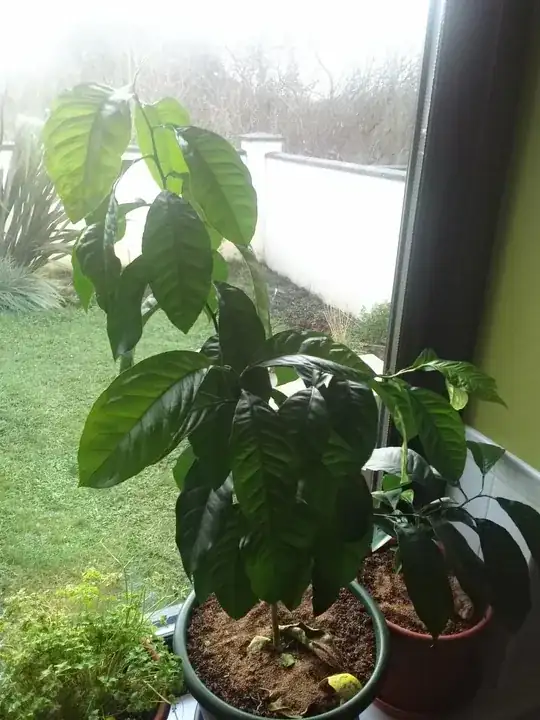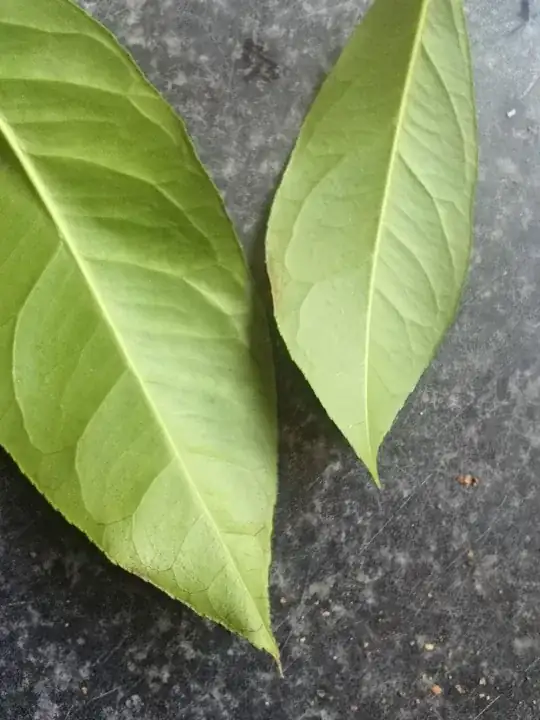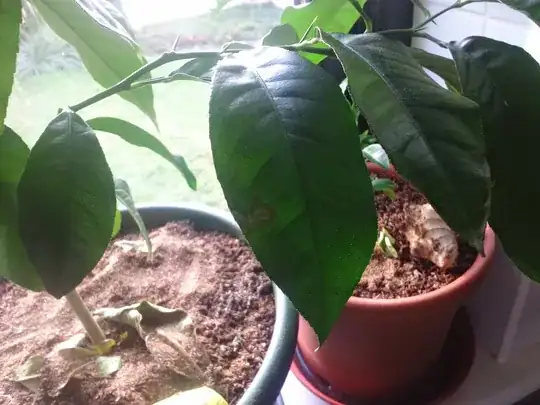I have a lemon that I grew from store bough lemon seed so it's not a dwarf variety. It was growing crazy fast but now it started to drop leaves, some seemed healthy other had some browning around tips and edges.
Enviroment:
- Constant 19-24C
- Low humidity
- Mostly overcast daylight
- Water 2-3 times a month (with general purpose nutrients)
Roots seem to grow very slowly and have not yet reached the bottom of the pot. It was only transplanted once. Plant is only a few months old.
I have been adding tea leaves which is the only major change I can think of. It doesn't look like high ph symptoms from other resources though. I haven't added anymore for a while or watered for maybe 3-4 weeks - symptoms do not appear to have spread or gotten worse. Perhaps it was over watered but again symptoms don't seem to match.
What is the likely cause and the solution?


